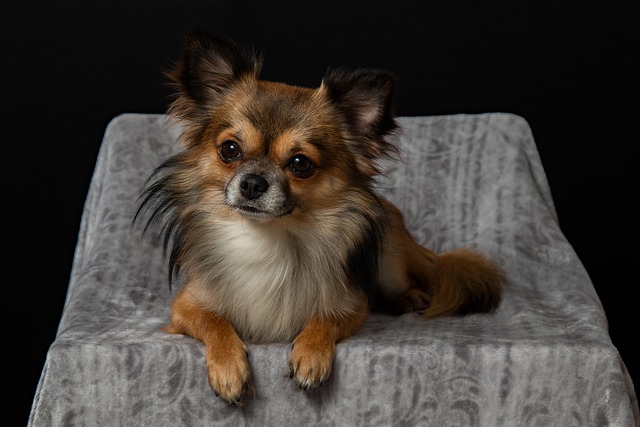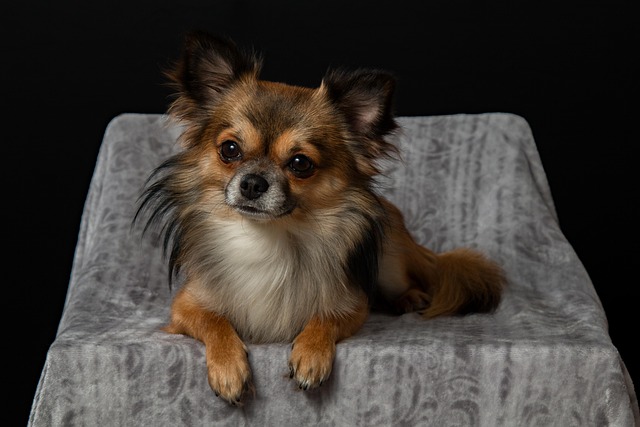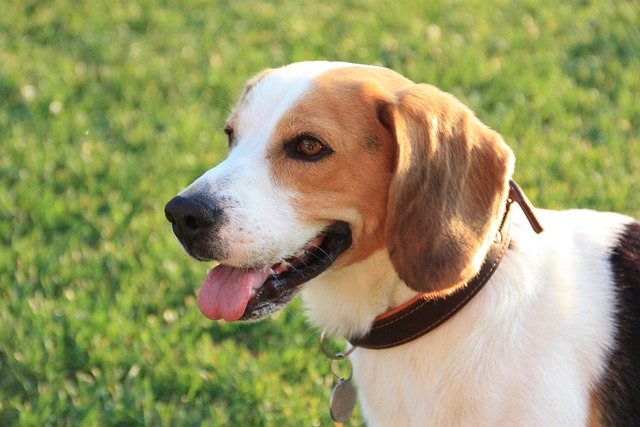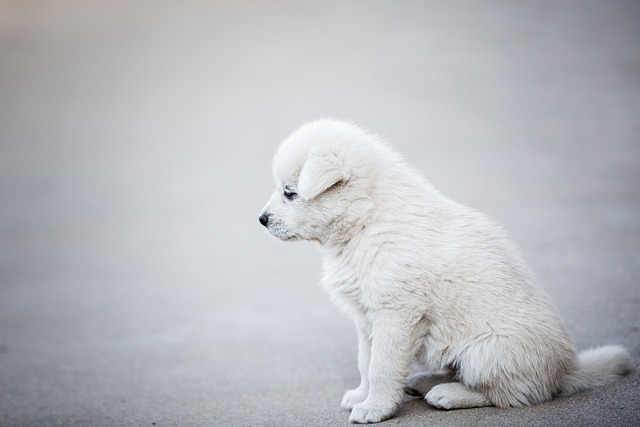
Can I use coconut oil to make hair conditioner for my dog
If you’ve ever finished bathing your dog, reached for the bottle of dog conditioner, and realized it’s empty—staring at a jar of coconut oil in your pantry instead
If you’ve ever finished bathing your dog, reached for the bottle of dog conditioner, and realized it’s empty—staring at a jar of coconut oil in your pantry instead—you’ve probably wondered: Can this kitchen staple work as a stand-in? A new lab owner in Florida texted me last week, laughing: “I used coconut oil on my own hair after a shower, but will it make my pup’s fur soft… or greasy?” The short answer: Yes, coconut oil can be a great dog conditioner—when used right. It’s gentle, natural, and even adds a little shine, but it’s not a one-size-fits-all fix. Let’s break down why it works, how to apply it safely, and how to turn grooming into a bonding moment.
First, why coconut oil is dog-friendly. Unlike human conditioners (which often have sulfates or fragrances that irritate a dog’s skin), coconut oil has a neutral pH—matching the 7.0 pH of a dog’s skin. It’s packed with medium-chain fatty acids and vitamin E, which moisturize dry fur and soothe flaky skin without stripping away the natural oils that protect their coat. A 2023 study in Veterinary Dermatology found that dogs with mild dryness had 40% softer fur after 2 weeks of using coconut oil as a conditioner—proof it’s more than just a trend. But here’s the catch: It’s heavy. Too much can make fur greasy or attract dirt, especially for double-coated breeds like golden retrievers or huskies.

Here’s how to use it correctly. Start with unrefined, organic coconut oil—processed versions lose key nutrients. Scoop a small amount: a teaspoon for large dogs (like labs), a quarter-teaspoon for small breeds (like Chihuahuas). Warm it between your palms until it melts (it turns liquid at room temp in warmer climates, so you might just need to stir it). Apply it after shampooing—focus on dry, brittle areas (elbows, the base of the tail) or tangled spots. Avoid their eyes, ears, and paw pads (greasy pads can make them slip on floors). Massage it into their fur gently, then rinse lightly—leave a tiny bit of residue to lock in moisture. My neighbor in Arizona uses this on her beagle: “His back used to get flaky after baths. Now I add a little coconut oil, rinse quick, and his fur is soft for weeks. He even leans into the massage—thinks it’s a treat.”
Make it a positive experience—never force it. If your dog squirms or tries to jump out of the tub, pause. Offer a freeze-dried chicken treat, speak in a cheery voice, and try again in 30 seconds. Rushing or scolding teaches them to fear baths and grooming—patience works better. A rescue terrier I worked with in Oregon used to hide from the tub; now she sits still when I grab the coconut oil, because she knows snacks follow. This ties into the same positive reinforcement you’d use for training—reward good behavior, and they’ll learn to love the process.
Let’s tie this to real-world responsibility. Legally, keep your dog’s rabies vaccine current (required in all U.S. states)—healthy dogs have healthier fur, so regular vet check-ups help catch issues like thyroid problems (a hidden cause of dryness) before they worsen. In apartments, lay a towel under your dog during application to avoid oil drips on carpets or couches. When taking them out post-grooming, wipe their paws with a cloth if you applied oil near them—no one wants greasy paw prints on park benches or neighbor’s doorsteps. And always carry poop bags (fines hit $250 in Seattle)—using coconut oil as conditioner doesn’t excuse skipping basic pet etiquette.
Know when to skip it. If your dog has hot spots, open wounds, or severe allergies, coconut oil can trap moisture and make irritation worse—call your vet instead. For these cases, medicated conditioners are safer. Also, avoid using it on dogs with extremely oily fur (like some bulldogs)—it’ll only add to the greasiness.
At the end of the day, coconut oil is a handy, natural conditioner for most dogs. Used gently, it softens fur, soothes skin, and turns bath time from a chore into a chance to bond. And when your dog trots over, their coat shiny and soft under your hand? That’s the best proof it works—for both of you.

If you’ve ever finished bathing your dog, reached for the bottle of dog conditioner, and realized it’s empty—staring at a jar of coconut oil in your pantry instead

If you’re a new dog parent in the US—maybe you’re sitting on your New York apartment floor, watching your 1-year-old Golden Retriever

If you’re a new dog parent in the US—maybe you’re sitting on your Arizona apartment floor, holding your 6-month-old Beagle’s ear open with one hand

Most Labrador owners start wondering about their pup’s coat change around the time those tiny paws turn into bigger, more energetic ones. Typically, Labs begin losing their soft puppy coat between 4 and 6 months of age.

If you’re a new dog parent in the US—maybe you’re staring at your Texas apartment counter, holding a $200 groomer bill for your Goldendoodle’s last trim

Finding loose fur on your puppy’s bed or your couch can make any new owner pause—wondering if it’s a sign of trouble or just part of growing up.